Arms
 |
|
The Wilkinson Baronetcy, of Brook in Witley in the County of Surrey, is a title in the Baronetage of the United Kingdom. It was created on 8 December 1941 for George Wilkinson, Lord Mayor of London from 1940 to 1941.
There is no heir to the baronetcy.
 |
|
This article needs additional citations for verification .(January 2021) |
Baron Killearn, of Killearn in the County of Stirling, is a title in the Peerage of the United Kingdom. It was created in 1943 for the diplomat Sir Miles Lampson. He was the second son of Norman Lampson, youngest son of Sir Curtis Lampson, 1st Baronet, of Rowfant. Lord Killearn's eldest son, the second Baron, succeeded his second cousin once removed as fourth Baronet in 1971. On his death the titles passed to his half-brother, the third and present holder of the barony and baronetcy.

There have been three baronetcies created for persons with the surname Croft, one in the Baronetage of England and two in the Baronetage of the United Kingdom. All three creations are extant as of 2008.
There have been two baronetcies created for persons with the surname Aykroyd, both in the Baronetage of the United Kingdom for members of the same family.
The Seely Baronetcy, of Sherwood Lodge in Arnold in the County of Nottingham and Brook House in Brooke on the Isle of Wight, is a title in the Baronetage of the United Kingdom. It was created on 19 February 1896 for the industrialist Charles Seely (1833–1915), son and namesake of Charles Seely (1803–1887). The first baronet's grandson, the third Baronet, was created Baron Sherwood, of Calverton in the County of Nottingham, in the Peerage of the United Kingdom in 1941. The peerage became extinct on his death, but he was succeeded in the baronetcy by his younger brother, the fourth Baronet. As of 2019, the title is held by the latter's grandson, the sixth baronet.
The Bridges Baronetcy, of Goodnestone in the County of Kent, was created in the Baronetage of Great Britain on 19 April 1718 for Brook Bridges. His son the second Baronet, died in 1733 whilst in office as High Sheriff of Kent. His grandson, the third Baronet, represented Kent in the House of Commons. In 1842, the fifth Baronet, unsuccessfully claimed the ancient barony of FitzWalter as a descendant of Mary, sister of the seventeenth Baron FitzWalter. He later sat as a Member of Parliament for Kent East. In 1868 he was created Baron FitzWalter, of Woodham Walter in the County of Essex, in the Peerage of the United Kingdom. However, the peerage became extinct on his death, while he was succeeded in the baronetcy by his younger brother, the sixth Baronet. On his death the title passed to his first cousin, the seventh Baronet. He was the son of Reverend Brook Henry Bridges, third son of the third Baronet. When he died this line of the family also failed and the title was passed on to his first cousin, the eighth Baronet. He was the son of Reverend Brook Edward Bridges, fourth son of the third Baronet. He never married and on his death in 1899 the baronetcy became extinct.
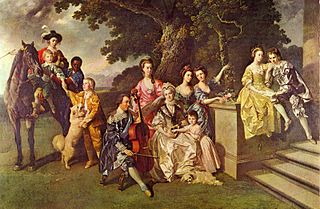
There have been five baronetcies created for persons with the surname Young, one in the Baronetage of England, one in the Baronetage of Great Britain and three in the Baronetage of the United Kingdom. As of 2014, four of the creations are extant.
There have been six baronetcies created for persons with the surname Brooke, one in the Baronetage of England, one in the Baronetage of Ireland and four in the Baronetage of the United Kingdom. As of 2015 four of the creations are extant, though one has been subsumed into a peerage.
There have been five baronetcies created for persons with the surname Hill, one in the Baronetage of Nova Scotia, one in the Baronetage of Great Britain, one in the Baronetage of Ireland and two in the Baronetage of the United Kingdom. Three of the creations are extant as of 2008.
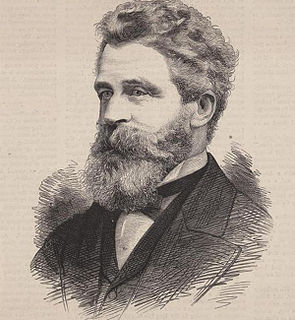
There have been nine baronetcies created for persons with the surname Cooper, one in the Baronetage of England, one in the Baronetage of Ireland and seven in the Baronetage of the United Kingdom.
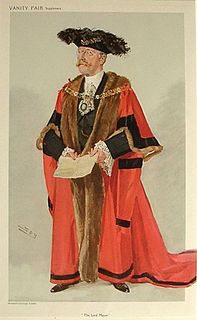
The Truscott Baronetcy, of Oakleigh in East Grinstead in the County of Sussex, is a title in the Baronetage of the United Kingdom. It was created on 16 July 1909 for Sir George Truscott. He was Chairman of Brown, Knight & Truscott, Ltd, printers and stationers, and served as Lord Mayor of London from 1908 to 1909. Truscott was the son of Sir Francis Wyatt Truscott, Lord Mayor of London from 1879 to 1880. As of 28 February 2014 the present Baronet has not successfully proven his succession and is therefore not on the Official Roll of the Baronetage, with the baronetcy considered dormant since 2001.
There have been two baronetcies created for persons with the surname Brooks, both in the Baronetage of the United Kingdom: one creation is extant as of 2007.

There have been two baronetcies created for persons with the surname Cory, both in the Baronetage of the United Kingdom. One creation is extant as of 2007.
The Nuttall Baronetcy, of Chasefield in the Parish of Bowdon in the County of Chester, is a title in the Baronetage of the United Kingdom. It was created on 22 June 1922 for Edmund Nuttall. He was head of Edmund Nuttall Limited, civil engineering contractors, of Manchester.

The Gull Baronetcy, of Brook Street in the parish of St George Hanover Square in the County of Middlesex, is a title in the Baronetage of the United Kingdom. It was created on 8 February 1872 for the physician William Gull. The baronetcy was conferred on him for his services to the Prince of Wales during his severe illness in the winter of 1871. The second Baronet represented Barnstaple in the House of Commons as a Liberal Unionist from 1895 to 1900. The Standing Council of the Baronetage is reviewing the succession of the title and who the heir is.
There have been three baronetcies created for persons with the surname Laurie, one in the Baronetage of Nova Scotia and two in the Baronetage of the United Kingdom. One creation is extant as of 2007.
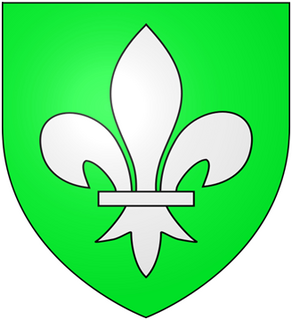
The Fowke Baronetcy, of Lowesby in the County of Leicester, is a title in the Baronetage of the United Kingdom. It was created on 7 February 1814 for Frederick Gustavus Fowke of Lowesby Hall, Lowesby, near Leicester. He was the son of Lieutenant-General Sir Thomas Fowke, Groom of the Bedchamber to the Duke of Cumberland. His grandfather was Lieutenant-General Thomas Fowke, Governor of Gibraltar. The family surname is pronounced "Foke".
There have been three baronetcies created for persons with the surname Hare, one in the Baronetage of England and two in the Baronetage of the United Kingdom. One creation is extant as of 2007.
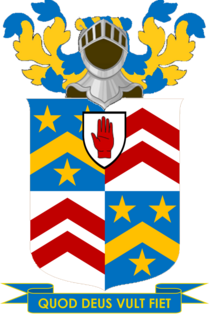
The Chetwynd Baronetcy, of Brocton Hall in the County of Stafford, is a title in the Baronetage of Great Britain. It was created on 1 May 1795 for Sir George Chetwynd, Kt., of Brocton Hall, Staffordshire, for many years Clerk to the Privy Council. The second Baronet was Member of Parliament for Stafford and High Sheriff of Warwickshire in 1828. The fourth Baronet served as High Sheriff of Warwickshire in 1875. As of 13 June 2007 the presumed ninth Baronet has not successfully proven his succession and is therefore not on the Official Roll of the Baronetage, with the baronetcy dormant since 2004.
There have been three baronetcies created for persons with the surname Noel, two in the Baronetage of England and one in the Baronetage of Great Britain. One creation is extant as of 2008.
The Smith, later Smith-Marriott Baronetcy, of Sydling St Nicholas in the County of Dorset, is a title in the Baronetage of Great Britain. It was created on 1 June 1774 for John Smith, High Sheriff of Dorset in 1772. The second Baronet married Elizabeth Anne, daughter of Reverend James Marriott. The fourth Baronet assumed by Royal sign-manual the additional surname of Marriott. The fifth Baronet was High Sheriff of Dorset in 1873.